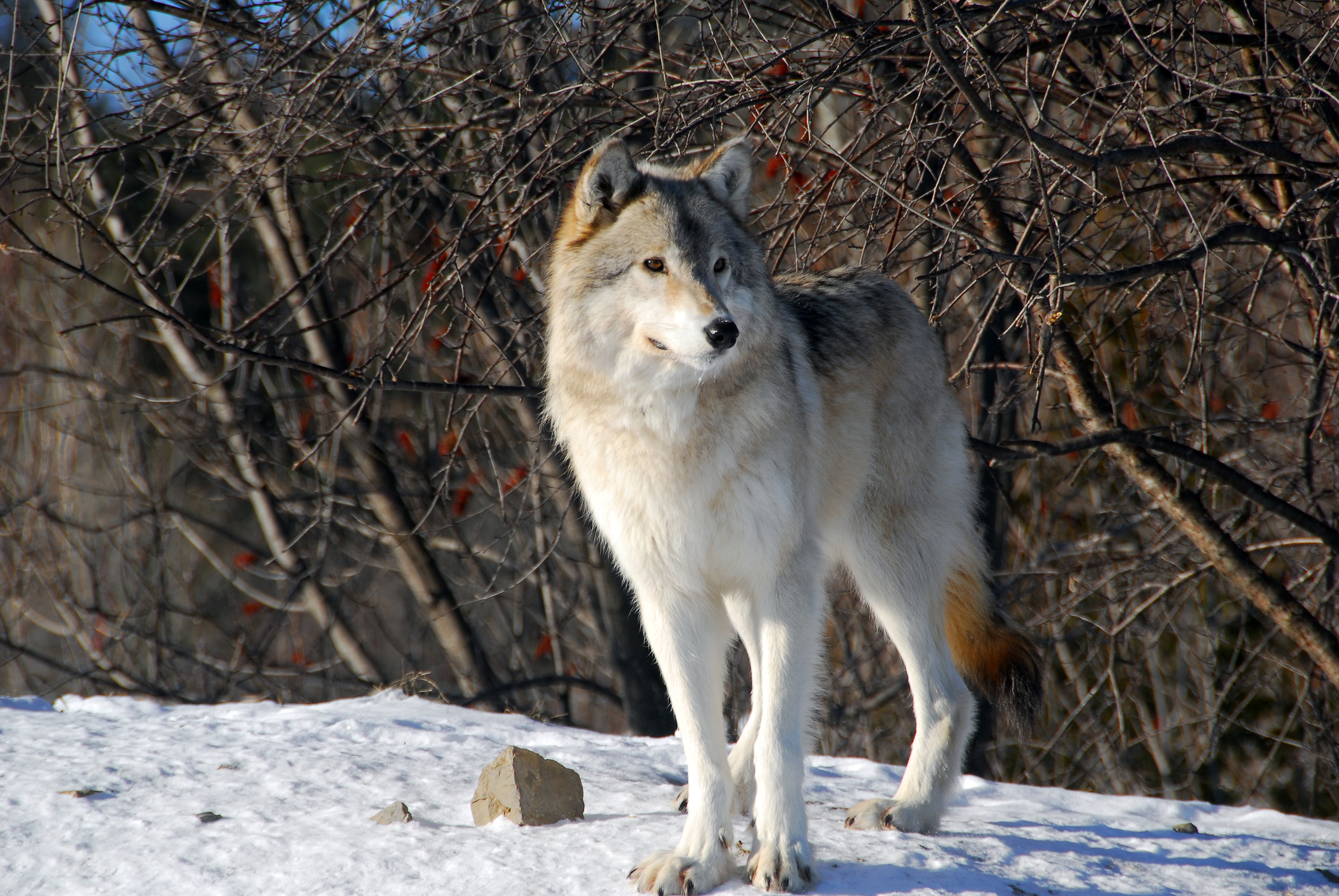Ever since gray wolves returned to Washington state, they have been a lightning rod for ranchers, environmentalists, and the Governor. No matter what your thoughts are on the apex predators, they are a fully entrenched species in our state now.
The gray wolf population is increasing year over year. In 2021, the Washington State Department of Fish and Wildlife (DFW) reported more than 200 wolves in 33 packs throughout the state, with the majority of those packs located in Northeast Washington.
Now that gray wolves have a firm place in our ecosystem, it is time to enact policy that allows counties where they are abundant to determine ways to manage the population.
House Bill 1698 proposes to allow a state delisting of gray wolves immediately in the Eastern-most third of Washington state, where gray wolves are considered recovered by the federal Endangered Species Act. Counties may begin the development of a management plan if there are 15 breeding pairs of wolves in the state for three years and three breeding pairs in the county. Management plans developed by the counties must include an agreement for enhanced cooperation between “county governments; cattlepersons associations; and local organizations providing range riding and other conflict deterrence efforts,” to minimize the risk to livestock and the need for lethal wolf removal. The plan would also improve compensation for lost livestock and habitat for deer, elk, and other ungulates.
While HB 1698 does not expressly outline how to improve the compensation plan, the requirements of the current plan are challenging to follow to the letter. Perhaps the most challenging requirement to fulfill is the need to contact DFW within 24 hours of a suspected depredation. Oftentimes depredations are discovered beyond the 24-hour reporting window. And, while the depredation reporting requirement is quick, the compensation payout may not be as there is a paperwork window of 180 days to complete the claim process.
Effectively, the bill proposes local empowerment in managing gray wolf populations as they continue to grow. Population growth for gray wolf packs has been significant since wolves returned to Washington state. In 2021, WDFW estimated there were 206 wolves and 19 breeding pairs, the amount assumed would lead to delisting in the 2011 Wolf Conservation and Management Plan. Most packs have established territories in Stevens and Pend Oreille counties, posing a significant problem for ranchers who cannot remove wolves that are harassing their livestock.
However, gray wolf management is not only a rural county issue. Evidence collected by DFW suggests the state’s wolf population is highly under-counted. These sightings could mean there are uncounted gray wolves in virtually every county of our state.
Washingtonians in the Northeastern part of the state have borne the brunt of the rapidly increasing wolf population in the state. Providing county officials, the opportunity to care for the livelihoods of their constituents and the wildlife species they live with is a small move in the right direction. People across the state should send their gratitude to their neighbors in Stevens and Pend Oreille counties for being the testing ground for what management tools work and dealing with the costs of wolves in the past decade.






